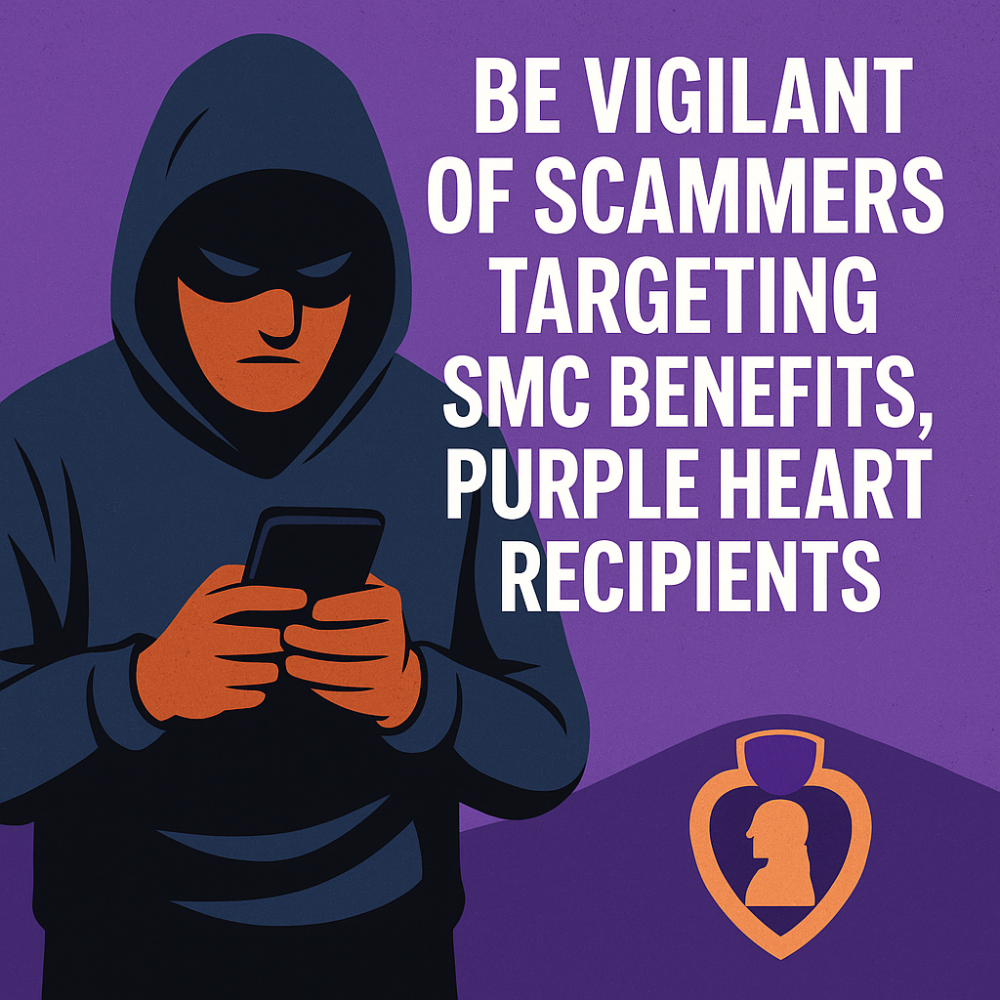Addressing Common Technical Glitches and Being Prepared with Backups
In the realm of virtual communication, technical glitches are almost a rite of passage.
However, they can undermine the professionalism and flow of a presentation or meeting.
While some glitches are out of our control, being proactive and prepared can mitigate many of these disruptions.
This section dives deep into understanding, preempting, and handling common technical issues, ensuring your virtual endeavors remain smooth and professional.
1. Identifying Common Glitches
Internet Connectivity Issues:
- Sudden dropouts or unstable connections can halt a presentation.
- Symptoms include frozen screens, robotic voices, or disconnections.
Software Crashes:
- Occurs when the application or platform you’re using unexpectedly closes or stops working.
Audio and Video Disruptions:
- Others can’t hear you, or you can’t hear them.
- Video lags or doesn’t start.
Integration Failures:
- When tools or plugins don’t work as intended, e.g., a poll not launching.
2. Internet Connectivity Solutions

Preventive Measures:
- Always opt for a wired connection over Wi-Fi when possible.
- Avoid high-bandwidth activities by others on the same network during your presentation.
Quick Fixes:
- If faced with unstable connectivity, turn off the video.
- Reconnect to the network or switch to a backup connection, like a mobile hotspot.
Advanced Preparations:
- Consider investing in a backup internet device or service.
3. Handling Software Crashes
Routine Updates and Checks:
- Regularly update the software or platform to ensure you’re using a stable version.
- Before any critical presentation, restart the application to ensure it’s running fresh.
Backup Platforms:
- If one platform fails, have another one readily available. For instance, if Zoom is glitchy, be ready to switch to Microsoft Teams.
Local Backups:
- For web-based presentations, always have an offline version available, like a PowerPoint or PDF.
4. Addressing Audio and Video Disruptions
Preventive Measures:

- Invest in quality hardware. A good microphone and webcam can prevent many audio and video issues.
- Check and test equipment before any important call or presentation.
Quick Fixes:
- If there’s an echo, ask all participants to mute when not speaking.
- When faced with audio disruptions, consider using the chat function to communicate or switch to phone audio.
Being Adaptable:
- If video becomes a persistent problem, be prepared to continue the session audio-only.
5. Integration Failures and Solutions
Dry Runs:
- Test all integrations before the presentation. If you plan to launch a poll or use an interactive feature, do a test run.
Backup Plans:
- If an integration fails, have an alternative way to present that content. For instance, if a live poll doesn’t work, consider manually asking participants for their input.
6. Being Proactively Prepared
Rehearse in the Actual Environment:
- It’s not just about rehearsing the content, but also about rehearsing the technical elements in the environment you’ll be presenting.
Backup Hardware:
- Consider having backup devices. If your primary device fails, you can quickly switch to another.
Cloud and Local Backups:
- Save critical files in both cloud storage and locally. If one access point fails, you have another.
7. Communicating During Glitches
Stay Calm and Confident:
- Technical glitches can be frustrating, but panicking can exacerbate the situation. Take a deep breath and approach the issue calmly.
Transparent Communication:
- Clearly communicate to your audience what’s happening. If they’re aware there’s a technical issue you’re resolving, they’re more likely to be patient.
Apologize and Move On:
- A brief, professional apology can go a long way. Avoid excessively apologizing, which can detract from your content.
8. Post-Glitch Analysis
Understand the Root Cause:
- After the presentation or meeting, invest time in understanding what went wrong. Was it a one-off issue or something that needs a more permanent solution?
Seek Feedback:
- If there were disruptions, get feedback from participants. Understanding their experience can offer insights into improvements.
Stay Updated:
- Technical glitches can sometimes be the result of outdated software or hardware. Regularly update and stay informed about best practices.
Making Webinars and Group Meetings Interactive and Fruitful

In the digital era, webinars and virtual group meetings have become staples in the business world. However, cultivating a sense of engagement and ensuring productive outcomes in such settings can be challenging.
Gone are the tangible cues of a physical meeting room — the shared glances, the spontaneous discussions during coffee breaks. Instead, we’re often left with a grid of silent, occasionally distracted faces.
But fear not. There are proven strategies to break the virtual barrier, ensuring these online forums are as interactive and productive as their in-person counterparts.
1. Setting Clear Objectives
- Purpose Definition: Be explicit about the goals of the webinar or meeting. Are you looking to share knowledge, gather feedback, or make a collective decision?
- Agenda Circulation: Share the meeting agenda in advance. It sets expectations and allows attendees to come prepared.
2. Engaging Content Design
- Visual Aids: Use captivating visuals, infographics, and charts to present data. They can be easier to digest and more engaging than plain text.
- Interactive Elements: Incorporate polls, quizzes, or short video clips to break the monotony and engage the audience.
- Storytelling: Convert data and facts into narratives. Stories are relatable, memorable, and can create a deeper emotional connection.
3. Effective Use of Technology
- Platform Familiarity: Choose a platform that attendees are familiar with, or offer a brief tutorial at the beginning of the session.
- Interactive Features: Utilize platform features like breakout rooms for group discussions, hand raising to field questions, and chat boxes for real-time feedback.
- Feedback Mechanisms: Use tools like online surveys or interactive whiteboards to capture feedback or brainstorming sessions.
4. Structured Participation
- Rotating Speaking Opportunities: Designate times for different participants to speak. It not only ensures everyone gets a chance but also keeps engagement levels up.
- Active Facilitation: The host should actively guide the discussion, ensuring it stays on track and recognizing participants who wish to contribute.
- Breakout Sessions: For larger meetings, breaking into smaller groups can stimulate more in-depth discussions. Later, groups can reconvene and share insights.
5. Encouraging Interactivity
- Prompting with Questions: Periodically pause to ask questions. It can be a check on understanding or a prompt for feedback.
- Real-time Polls: Instant polls can gauge opinions, check comprehension, or simply break the ice.
- Audience Challenges: Pose challenges or thought experiments to the audience, urging them to think actively about the topic at hand.
6. Managing Group Dynamics
- Establishing Norms: Set clear behavioral expectations. For instance, all participants should mute when not speaking, use video for better engagement, or raise hands to contribute.
- Handling Dominant Speakers: Gently steer the conversation away if one participant dominates. Ensure everyone has an opportunity to contribute.
- Engaging Silent Participants: Directly solicit input from quieter participants or use polls to give them a non-verbal way to contribute.
7. Minimizing Distractions
- Dedicated Virtual Space: Encourage participants to log in from a quiet, distraction-free environment.
- Structured Breaks: For longer meetings, designate short breaks. It gives participants a chance to refresh, reducing the temptation of multitasking.
- Notification Silence: At the start, request participants to silence notifications and minimize other digital distractions.
8. Post-Webinar/Meeting Engagement
- Feedback Collection: Immediately after the session, circulate feedback forms. This helps in understanding what went well and areas of improvement.
- Shared Documentation: Share minutes, key takeaways, or session recordings. It serves as a reference and ensures the continuity of discussions.
- Follow-up Actions: Clearly communicate the next steps or actions to be taken post-meeting. Assign responsibilities and deadlines.
9. Continuous Evolution
- Stay Updated: As technology evolves, new tools and platforms emerge. Stay abreast of these changes to leverage the best tools for interaction.
- Analyze Feedback: Regularly analyze feedback from participants to make necessary adjustments for future sessions.
Conclusion
Interactive and fruitful webinars and group meetings are more than just about the content; they’re about the experience. Cultivating an environment where participants feel engaged, heard, and valued is the key.
By fusing technology with effective facilitation, and by keeping the human element at the core of these digital interactions, virtual sessions can be as impactful, if not more, than traditional face-to-face meetings.
FAQ
What is the purpose of a webinar?
The purpose of a webinar is to facilitate remote, interactive presentations, workshops, or discussions using web-based technology. It allows for real-time engagement, knowledge sharing, and collaboration among participants from different locations.
Why are webinars so effective?
Webinars are effective because they offer convenience, accessibility, and engagement. They enable real-time interaction through chat, polls, and Q&A, making them ideal for knowledge dissemination, training, and marketing.
Why is a webinar more popular?
Webinars have gained popularity due to their efficiency in reaching a global audience, reducing travel costs, and providing valuable content. They also align with the growing trend of remote work and learning.
Is a webinar still relevant?
Yes, webinars remain relevant. They serve diverse purposes, from business meetings to educational seminars, and have evolved with advanced features and technologies to enhance engagement and effectiveness.
What are the advantages and disadvantages of webinars?
Advantages include accessibility and cost-effectiveness, but disadvantages may include technical issues and limited personal interaction compared to in-person events.
What is the difference between a webinar and a seminar?
A webinar is conducted online, while a seminar typically takes place in a physical location. Webinars are more accessible and cost-efficient, whereas seminars offer in-person networking opportunities.
What are the advantages of live webinars?
Live webinars offer real-time interaction, immediate feedback, and the ability to address questions, enhancing engagement and the quality of information delivered.
Is Zoom a webinar?
Zoom is a video conferencing platform that can host webinars. It’s versatile, supporting both standard meetings and webinars, depending on the host’s requirements.
What is the difference between a meeting and a webinar?
Meetings are interactive discussions among participants, while webinars are primarily one-way presentations with limited participant interaction. Webinars are often used for broadcasting information to a larger audience.
What happens during a webinar?
During a webinar, a presenter or panel shares information via slides, video, or screen sharing. Attendees can ask questions through chat or Q&A features, promoting interaction.
What is the difference between a webinar and a Zoom Meeting?
Zoom Meetings are for interactive discussions, while webinars are more focused on presentations. Webinars typically have one or a few presenters and many attendees, whereas meetings involve collaborative discussions among participants.




Leave a Reply